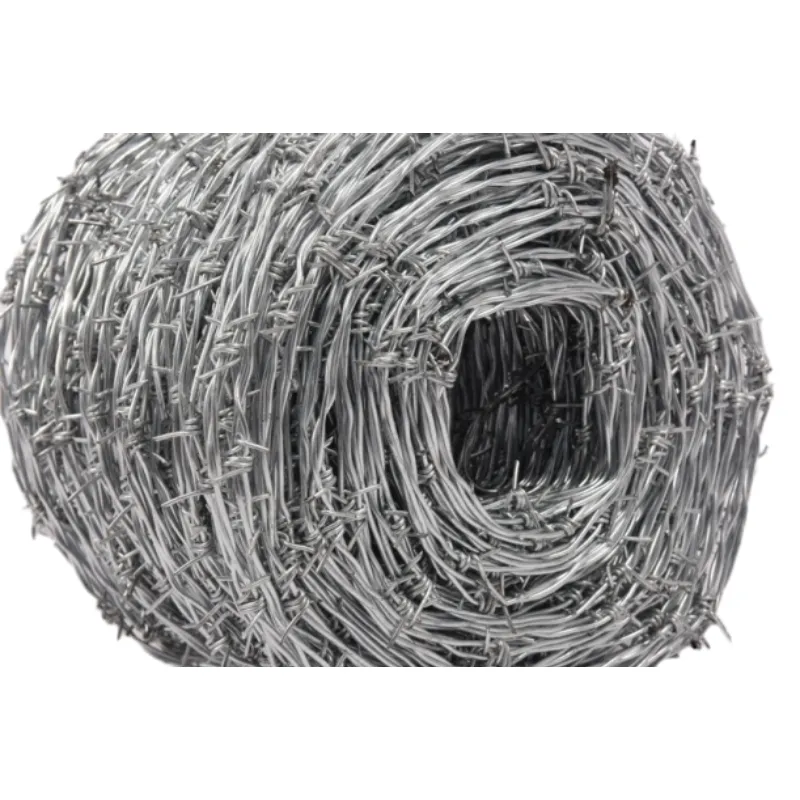
- Afrikaans
- Albanian
- Arabic
- Armenian
- Azerbaijani
- Basque
- Belarusian
- Bengali
- Bosnian
- Bulgarian
- Croatian
- Czech
- Danish
- Dutch
- English
- Esperanto
- Estonian
- Finnish
- French
- Galician
- Georgian
- German
- Greek
- hawaiian
- Hindi
- Hungarian
- Indonesian
- irish
- Italian
- Lao
- Latvian
- Lithuanian
- Luxembourgish
- Macedonian
- Maltese
- Myanmar
- Norwegian
- Polish
- Portuguese
- Romanian
- Russian
- Serbian
- Slovak
- Somali
- Spanish
- Swedish
- Thai
- Turkish
- Turkmen
- Vietnamese
Ott . 06, 2024 15:15 Back to list
gabion fill material
The Use and Importance of Gabion Fill Material
Gabions are structures formed from wire mesh or wire baskets that are filled with stones, rocks, or other fill materials. Historically used in civil engineering, gabions play a crucial role in erosion control, slope stabilization, and as retaining walls. The selection of appropriate fill material is vital to the performance and longevity of gabion structures. This article delves into the significance of gabion fill material, its types, and its applications.
Understanding Gabions
Gabions are often rectangular cages made of galvanized steel or PVC-coated wire mesh. They are designed to hold together larger aggregates such as stones, gravel, or rubble. The term gabion is derived from the Italian word gabbione, which means big cage. These structures have gained popularity because of their ability to withstand harsh environmental conditions while providing a flexible and durable solution to various engineering challenges.
Types of Gabion Fill Material
1. Natural Stone Natural stones, such as granite, limestone, and sandstone, are the most common fill materials for gabions. Their inherent strength and durability make them ideal for retaining walls, riverbanks, and erosion control structures. The use of naturally sourced stones also enhances the aesthetic appeal of the installation.
2. Recycled Materials With the increasing focus on sustainability, many engineers are opting for recycled materials as gabion fill. Crushed concrete, recycled asphalt, or other reclaimed aggregates can serve as effective fill materials while reducing waste and promoting eco-friendly practices.
3. Gravel and Crushed Rock Gravel and crushed rock are often used due to their excellent drainage properties. They allow water to flow through the gabions, reducing hydrostatic pressure and minimizing the potential for failure during heavy rainfall or flooding. Additionally, these materials can be sourced locally, lowering transportation costs and environmental impact.
4. Soil and Vegetation In some cases, particularly in green engineering applications, a blend of soil and vegetation is used. This not only improves the structural integrity of the gabions but also promotes plant growth which can lead to additional erosion control through root systems.
Importance of Quality Fill Material
The performance of gabion structures largely depends on the quality of the fill material used. Durable, well-graded, and well-compacted materials contribute to the overall strength of the structure. Conversely, poor-quality materials may lead to structural failure over time.
gabion fill material

Erosion Resistance High-quality fill materials can withstand weathering and erosion, ensuring the gabion retains its shape and function despite environmental stresses.
Weight Distribution The weight and density of fill material play a critical role in the stability of the gabion. Heavier fill materials provide better resistance against lateral forces, making them suitable for applications like retaining walls.
Drainage Gabions require appropriate drainage capabilities to maintain their integrity
. Fill materials that promote water flow reduce the potential for water accumulation, which could otherwise lead to structural damage.Applications of Gabions
Gabions are versatile structures with a wide range of applications
- Erosion Control When installed along riverbanks or coastlines, gabions help stabilize soil and prevent erosion caused by water flow.
- Retaining Walls Gabions can be used as retaining walls to hold back soil and rock, making them useful in landscaping and road construction.
- Vegetative Walls By incorporating soil and vegetation as fill, gabions can create green walls that enhance the environment and aesthetics of urban areas.
- River Management In flood-prone regions, gabions can divert water flow and protect infrastructure from potential damage.
Conclusion
Gabion fill materials play a crucial role in the stability and efficacy of gabion structures. The thoughtful selection of materials—from natural stones to recycled aggregates—ensures that these structures fulfill their intended purpose while contributing to sustainable engineering practices. As we continue to confront challenges such as erosion, flooding, and urban development, the importance of gabions and their fill materials will only increase, offering practical and eco-friendly solutions to meet today’s engineering demands. The blend of functionality, sustainability, and aesthetics makes gabions an enduring choice in modern civil engineering.
-
Your Ultimate Solution for Australian Temporary Fencing
NewsMay.14,2025
-
The Ultimate Guide to Crowd Control Barriers: Secure Your Events with Ease
NewsMay.14,2025
-
Secure Your Livestock with High-Quality Livestock Fence Panels
NewsMay.14,2025
-
Enhance Your Livestock Management with Top-Quality Cattle Fences
NewsMay.14,2025
-
Enhance Security and Safety with Temporary Fencing Solutions
NewsMay.14,2025
-
Corral Gates
NewsMay.14,2025









